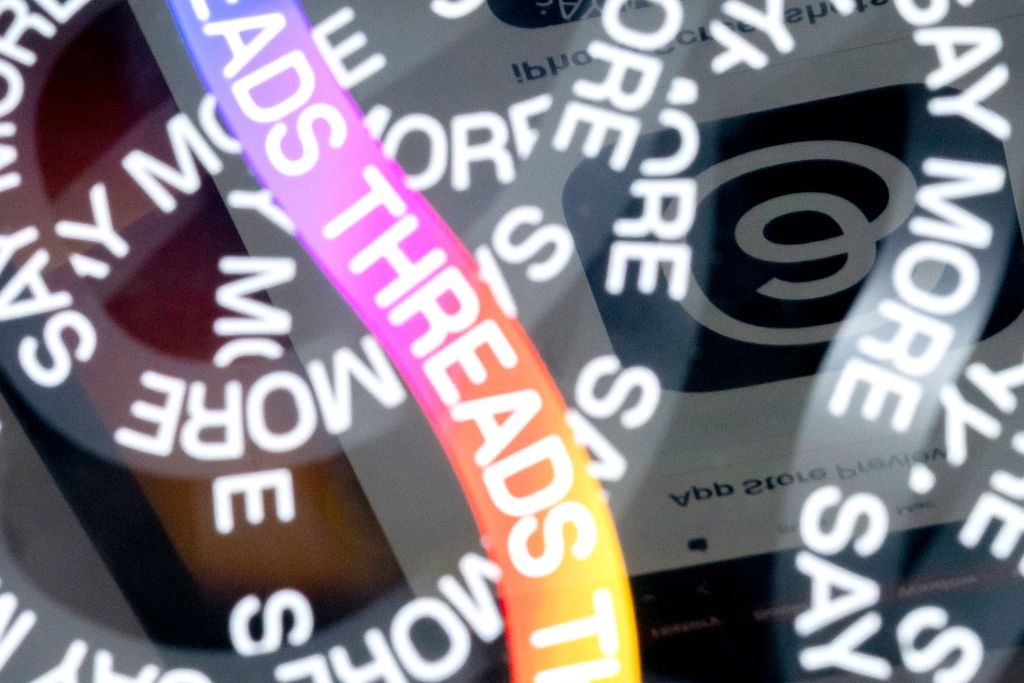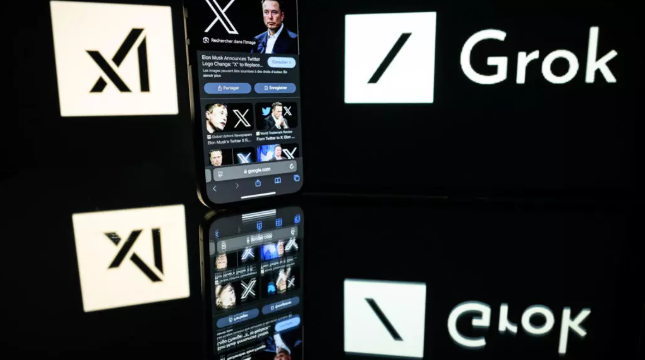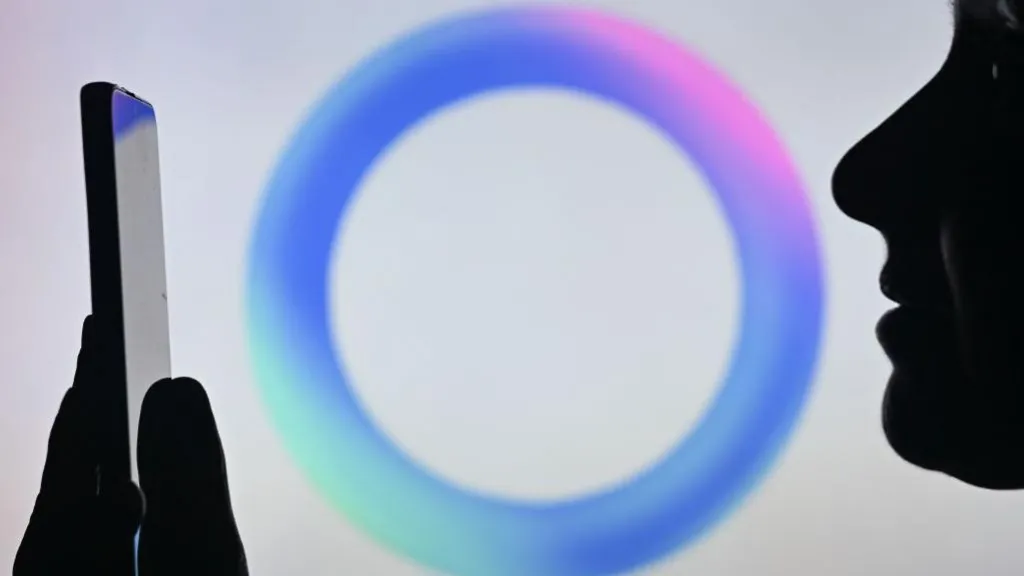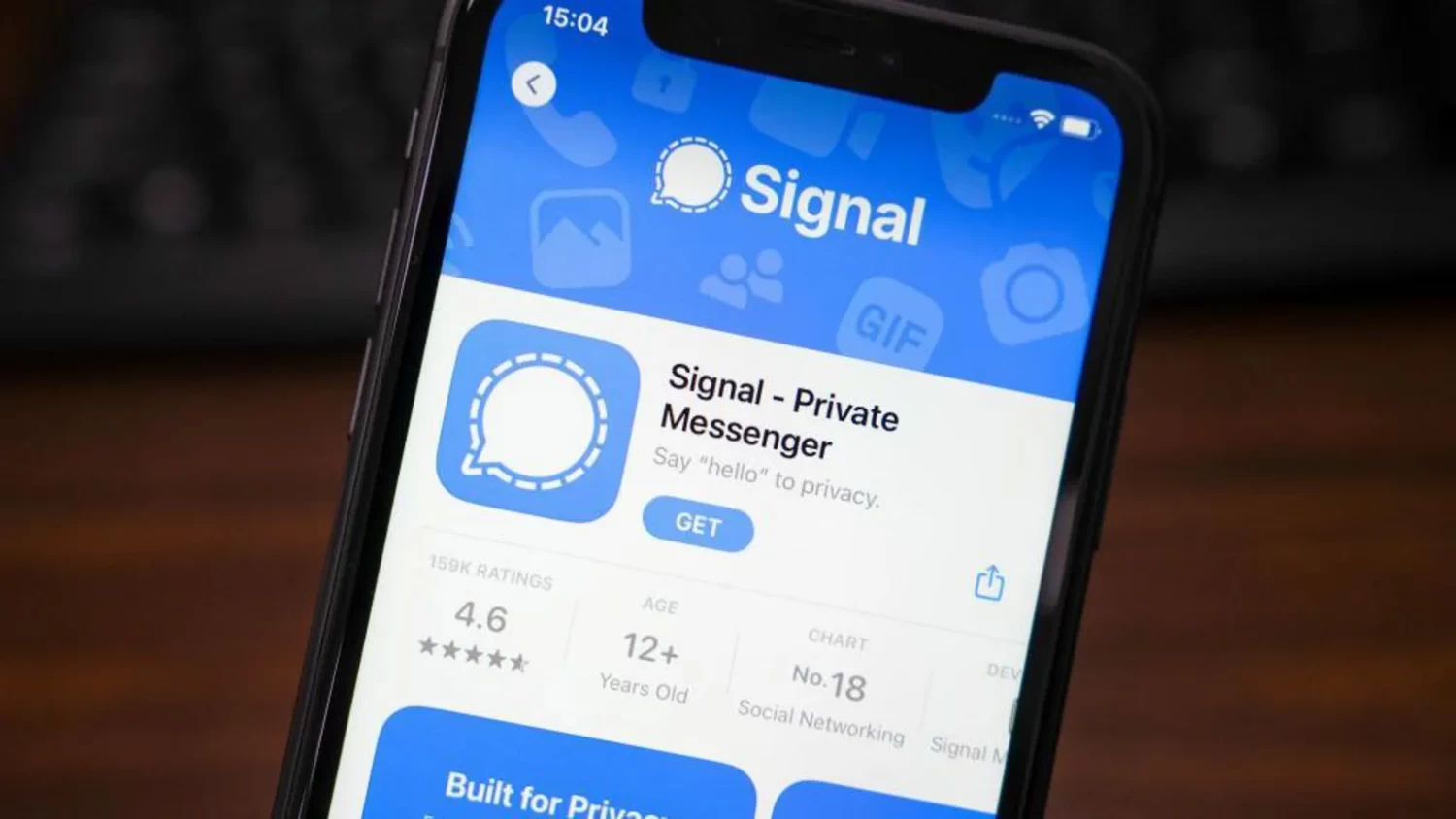
This article is more than
2 year oldTwitter's Rival Threads Is Already Unraveling

Mark Zuckerberg’s Twitter clone Threads rode a screaming missile out of the gate. Within seven hours of its July 5 launch, 10 million people joined the social media app, the Meta CEO claimed. Threads became the most downloaded non-game app on a launch day in the past decade, according to the market intelligence data provider Sensor Tower, and raced past 100 million users. It appeared that Zuckerberg, the once-and-future king of social media, had launched a legitimate challenge to Twitter’s dominance in the midst of ongoing turmoil at the Elon Musk-owned company.
Exactly six weeks later, Threads is fading fast. After peaking at around 50,000 daily active users on Android devices worldwide in early July, that number has steadily declined and is now hovering around 10 million, according to the digital intelligence platform Similarweb. That’s less than a tenth of X’s usership. According to Sensor Tower, Threads users spend just 2.4 minutes a day on the app, down more than 80% from its early July peak. Many celebrities and regular users are no longer posting on the app, while analysts contend that the platform lacks the cultural relevance or core communities to keep people engaged.
Threads’ failure to maintain its early momentum is indicative of both design flaws and larger network effects, experts say. While crucial updates could buoy the app, it faces a steep climb back toward relevance and the billion users that Zuckerberg craves.
“When I open it, I see a lot of very generic content that seems to be coming from a team of brand managers or public figures,” says Kevin Driscoll, associate professor of Media Studies at University of Virginia. “As opposed to what made Twitter feel exciting and compelling in its heyday, which was more direct conversation and live responses to things that were unfolding.”
Early days
Upon launch, Threads made it incredibly easy for new users to sign up. Many users didn’t even need to create a new, separate account: they could simply import their Instagram information, and their Threads feed would instantly be filled with familiar faces.
Celebrities, politicians, and news outlets quickly flocked to the app as an easy way to garner attention. Mark Zuckerberg touted the platform as a friendlier version of Twitter (now X), and executives advertised Thread’s lack of emphasis on hard news or politics as an asset for users fatigued by negative stories or fear-mongering.
Read More: How Threads Became One of the Fastest Growing Apps Ever
But the honeymoon period was over almost as quickly as it began. After the novelty factor wore off, it became hard to convince people to open another app on their devices. It didn’t help that Threads started out as mobile-only, with no desktop version.
Threads also crucially lacked a hashtag or search function, nor did it have a discover page—all core parts of X’s functionality. Many people use X to follow along with current events, whether it be Donald Trump’s indictments or the Women’s World Cup. Without those topic-based anchors, it often felt like people on Threads were having completely unrelated conversations with each other.
Celebrities quickly lost interest in Threads after the initial hype. Youtuber Mr. Beast, who almost immediately surpassed Zuckerberg as the most followed person on the platform, stopped posting three weeks ago. Rep. Alexandria Ocasio-Cortez (1.2 million followers) hasn’t threaded in three weeks; the popular gamer Pokimane (531,000 followers) hasn’t threaded in a fortnight.
Content creators who waded onto the app seeking engagement have similarly retreated. Kyla Scanlon, who posts economic analysis to large followings across X (158,800 followers), TikTok (167,600 followers) and Instagram (57,200 followers), says she felt almost obliged to join Threads in July during its ascendance. She began cross-posting on Threads, and received hundreds of likes per post.
But the engagement soon died down, and Scanlon stopped looking at the platform, in large part because of its lack of a desktop option. “A lot of Twitter users, especially within the financial community that I’m a part of, will scroll during the day on their computer. So that was a big issue,” she says.
Scanlon posted on Threads multiple times a day until three weeks ago, when she “mostly forgot about it,” she says. She hasn’t posted since. “I haven’t thought about it in a couple days,” she says. “The only reason it’s coming back up into the discourse now is that Zuck and Elon are trying to fight.”
Many Threads users find that the platform is dominated by brands and content managers as opposed to organic content. “I haven’t seen anything on Threads approaching the cultural significance of something like Black Twitter, which was such a hugely influential part of the last 10, or 15 years of public life,” says Kevin Driscoll, the UVA professor.
A representative for Threads declined to comment in time for publication.
Glimmers of Hope
On July 17, Zuckerberg indirectly acknowledged the platform’s slowdown in usership, but struck an optimistic tone. “10s of millions of people now come back daily. That’s way ahead of what we expected,” he wrote in a Threads post, comparing the app’s trajectory to Meta’s flagship platforms Facebook and Instagram. “It’ll take time to stabilize, but once we nail that then we’ll focus on growing the community. We’ve run this playbook many times (FB, IG, Stories, Reels etc).” Zuckerberg also announced new features for the app, including search and web functions coming in the “next few weeks”, as well as the ability to share Threads post via Instagram direct messages.
Zuckerberg may hope that Meta’s turnaround of Reels, a TikTok-like short-form video feature on Instagram, demonstrates why observers shouldn’t be quick to write off Threads. Last fall, a Wall Street Journal report cited a leaked internal document that said “most Reels users have no engagement whatsoever.” But on an earnings call seven months later, Meta attributed the 24% growth of Instagram to Reels and its AI-powered content recommendations.
It’s also possible that Threads will gain traction in different markets around the world. According to Sensor Tower, the biggest share of daily active users comes from India (25%), followed by the U.S. (15%) and then Brazil (11%).
But Driscoll argues that Zuckerberg’s strategy of running back the same “playbook” bodes poorly for Threads’ longevity. “Measuring when people open the app, or even counting the number of minutes they spend there, doesn't really tell us if people are satisfied or if it's meeting their needs,” he says. “Because, you ran the playbook in the past, and we weren’t that happy with how it came out.”
Read More: Why Your Twitter Feed Is Suddenly Full of People You Don’t Follow
Still, there are some Threads users who have stuck around, and have voiced satisfaction with the way that the platform has developed, including its lack of reliance on hashtags. “I’ve found accounts and people that inspire me because others are directly recommending them,” wrote the user @caititalks in a post. “I think this prioritizes people actually genuinely creating and interacting instead of typical algorithmic actions.” The user has since been writing poems based on writing prompts from a small community of Thread users.
A user named @Ledatru agreed with @caititalks. “Threads is powered by quiet conversations–not loud viral posts.”




